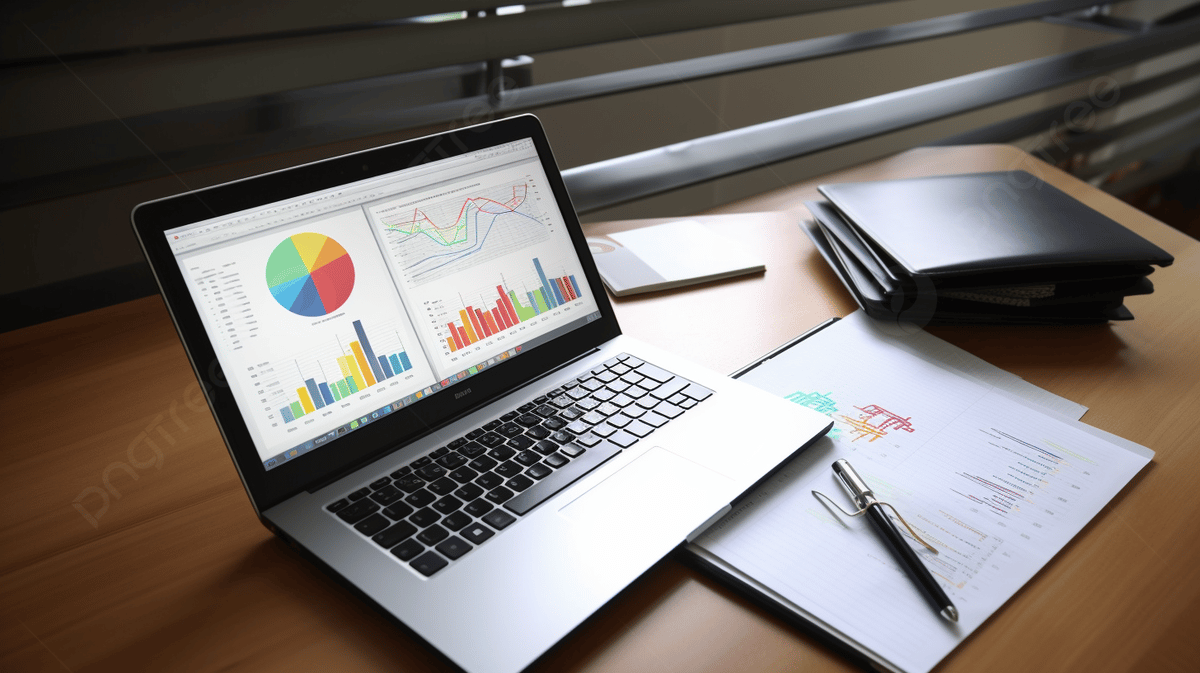
In today’s data-driven world, businesses generate massive amounts of information every day. To make timely and informed decisions, this data must be processed and analyzed quickly and accurately. This is where MIS Reporting (Management Information System Reporting) becomes essential—it transforms raw data into actionable insights through KPIs, trends, and financial analyses.
Many organizations still rely on manual Excel-based reports. These can be overly complex, time-consuming, and prone to human error. As reporting requirements increase in volume and frequency, traditional methods often fall short—hindering efficiency and data reliability.
Automation offers a powerful solution to overcome these challenges.
Using Excel VBA (Visual Basic for Applications), MIS reports can be fully automated, allowing companies to produce:
Reliable reports with minimized human error
Up-to-date data through automatic refresh
Fast outputs without repetitive manual input
This significantly improves reporting speed and accuracy, while freeing up time for more strategic tasks.
MIS Reporting can be enhanced by integrating data from ERP systems (like SAP, SAGE , Microsoft Dynamics Navision etc.) directly into Excel. This enables real-time data synchronization, eliminating the need for manual data transfers.
With integrated systems, reports are always up to date and aligned with the latest company figures—an essential advantage for accurate decision-making.
Adding interactive dashboards to MIS reports allows users to:
Monitor key performance indicators (KPIs) visually
Use filters to explore data from different angles
Gain quick, actionable insights
These dashboards make it easier to interpret complex data and support faster, data-driven decisions.
When results need to be presented in meetings, MIS reports can be automatically exported to PowerPoint. This creates ready-made professional presentations directly from Excel data—saving valuable time and ensuring consistency.
Automated MIS Reporting—integrated with ERP systems and enriched with dynamic dashboards—offers a powerful way for businesses to streamline reporting processes. It enhances data reliability, saves time, and supports faster and more strategic decision-making.